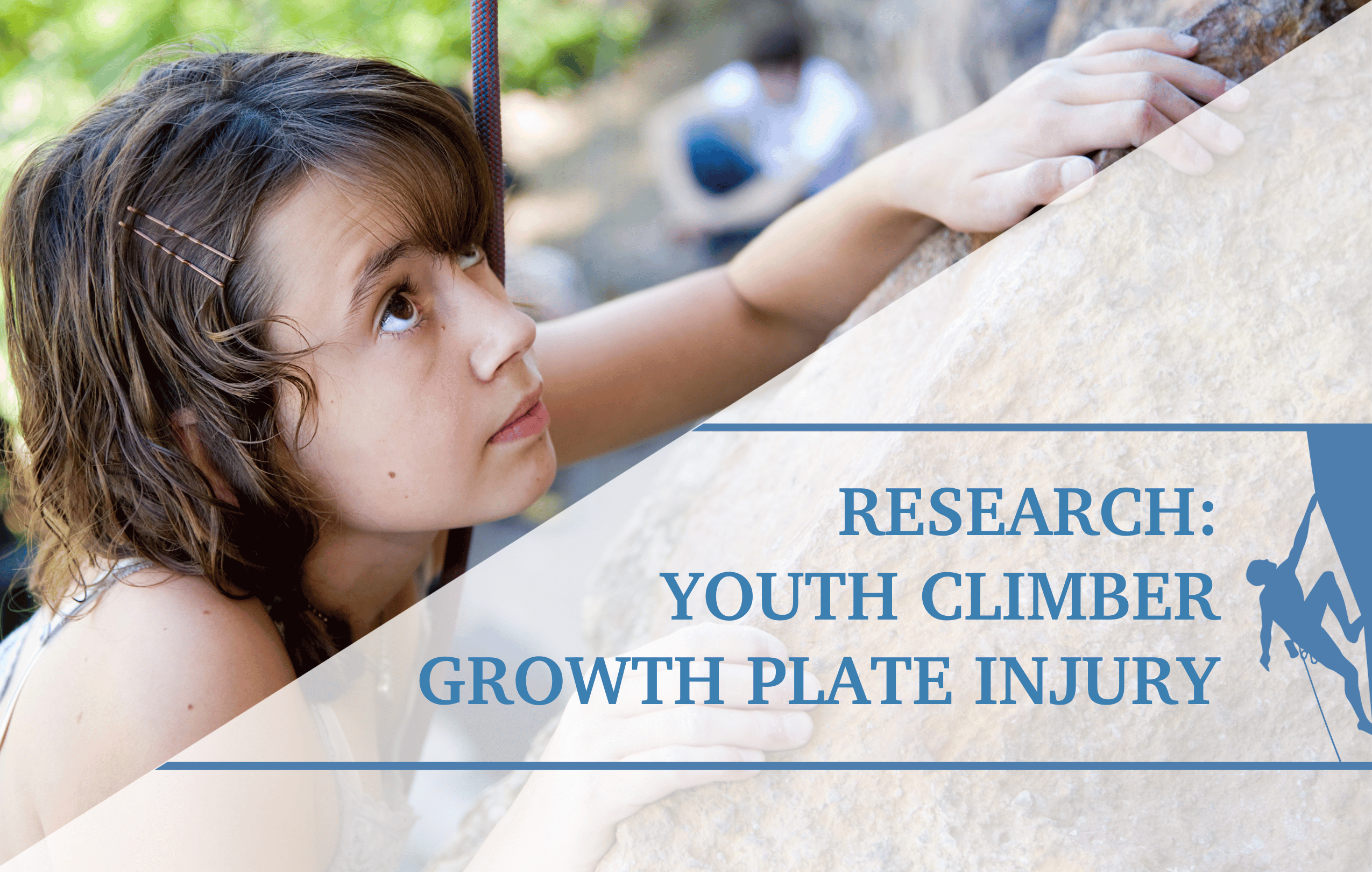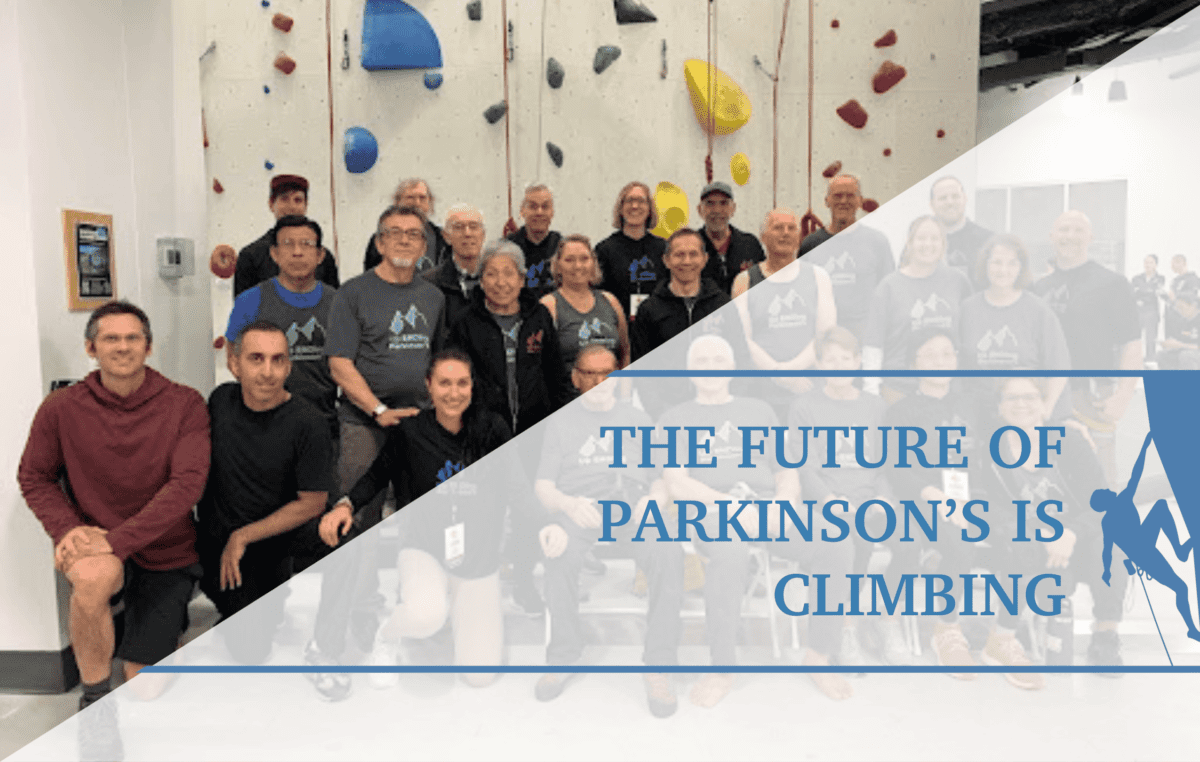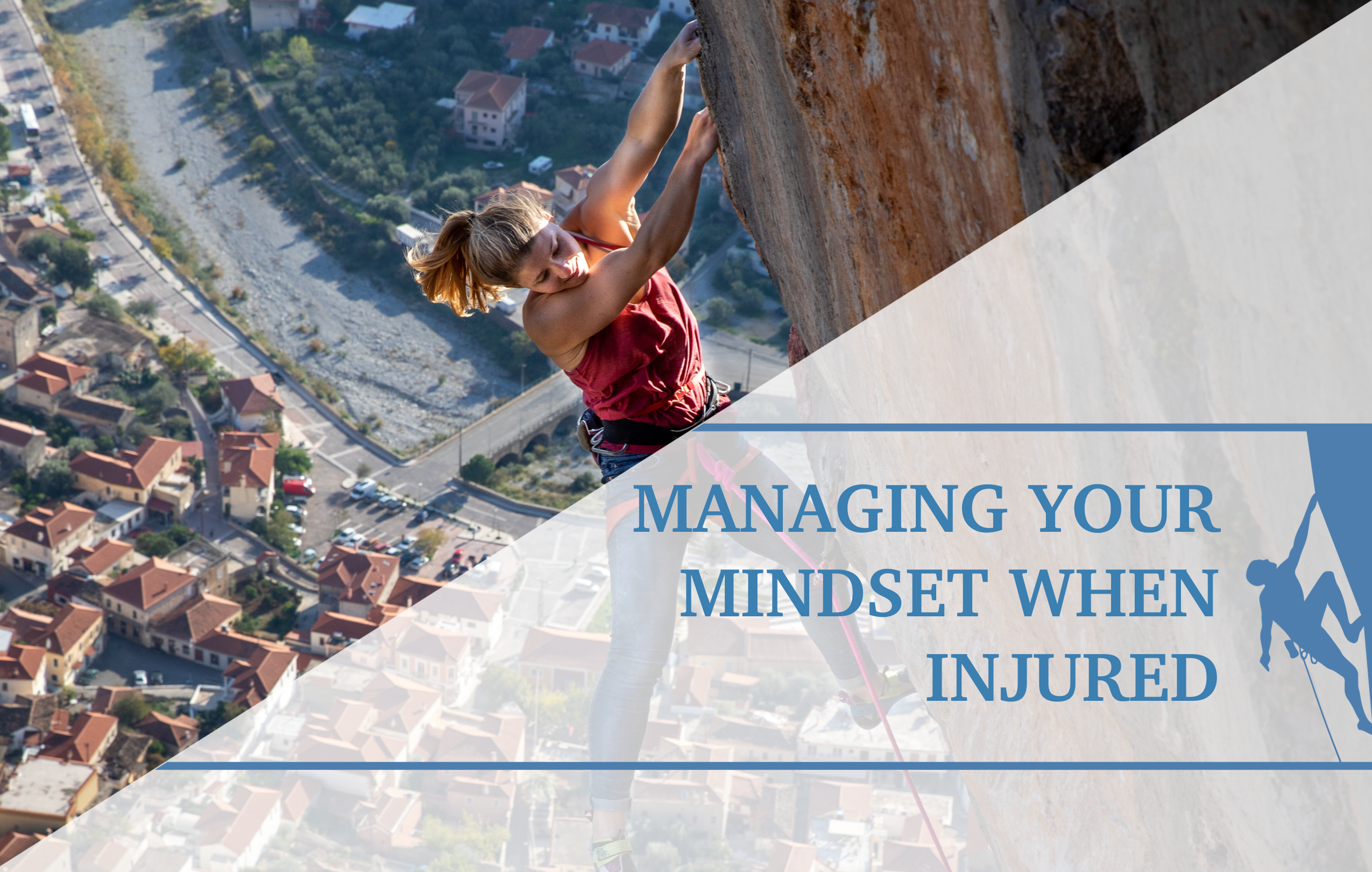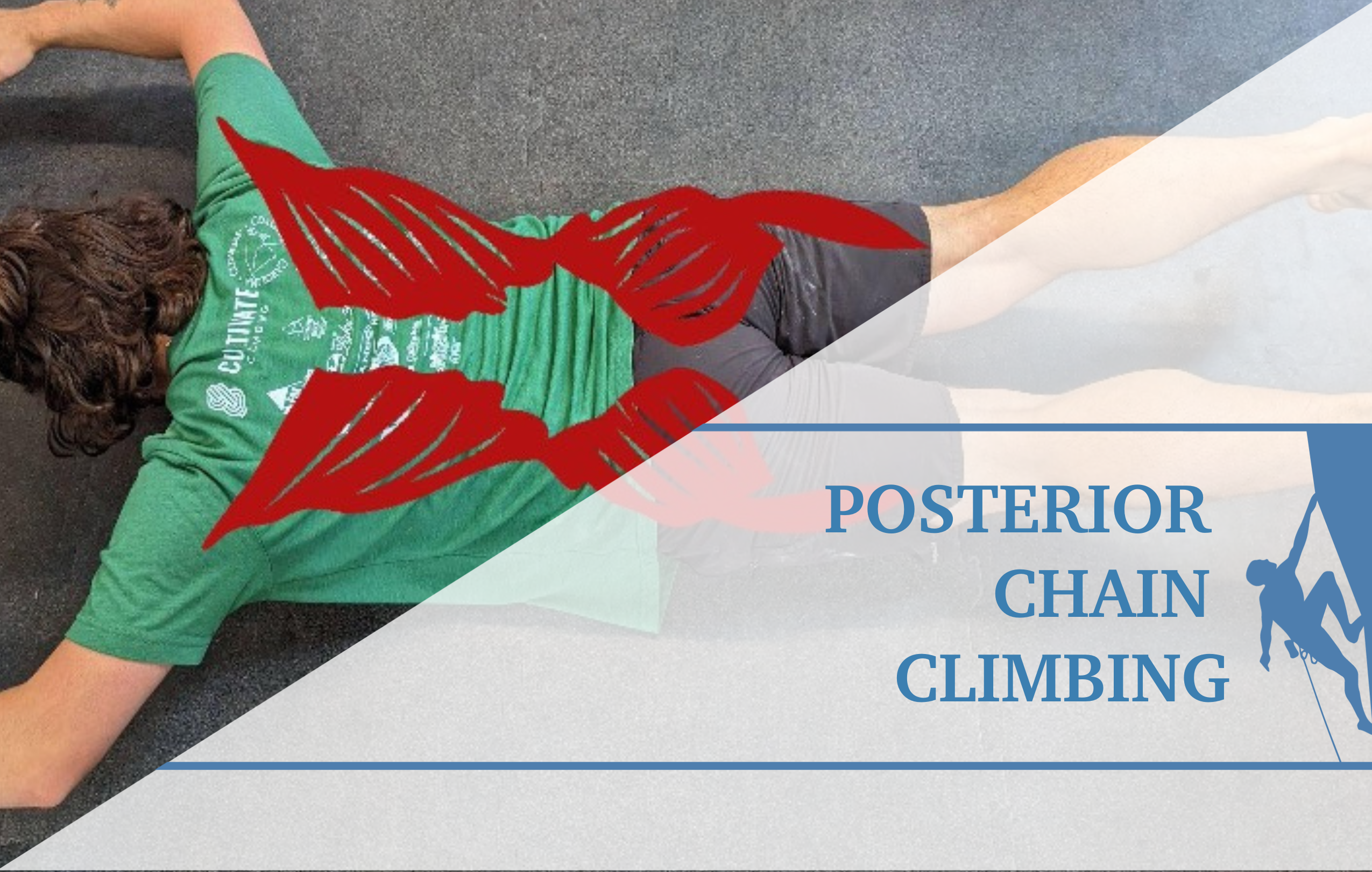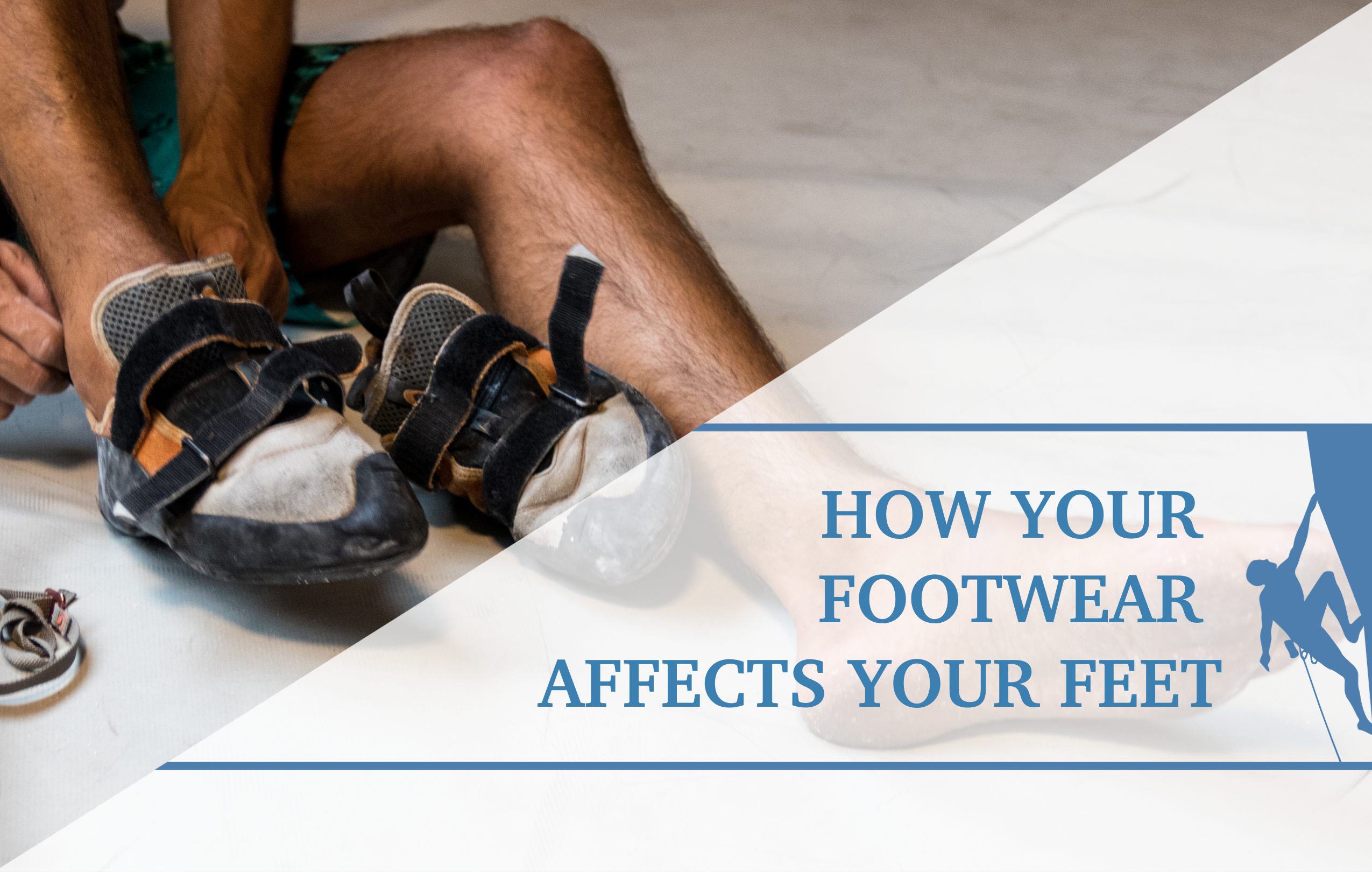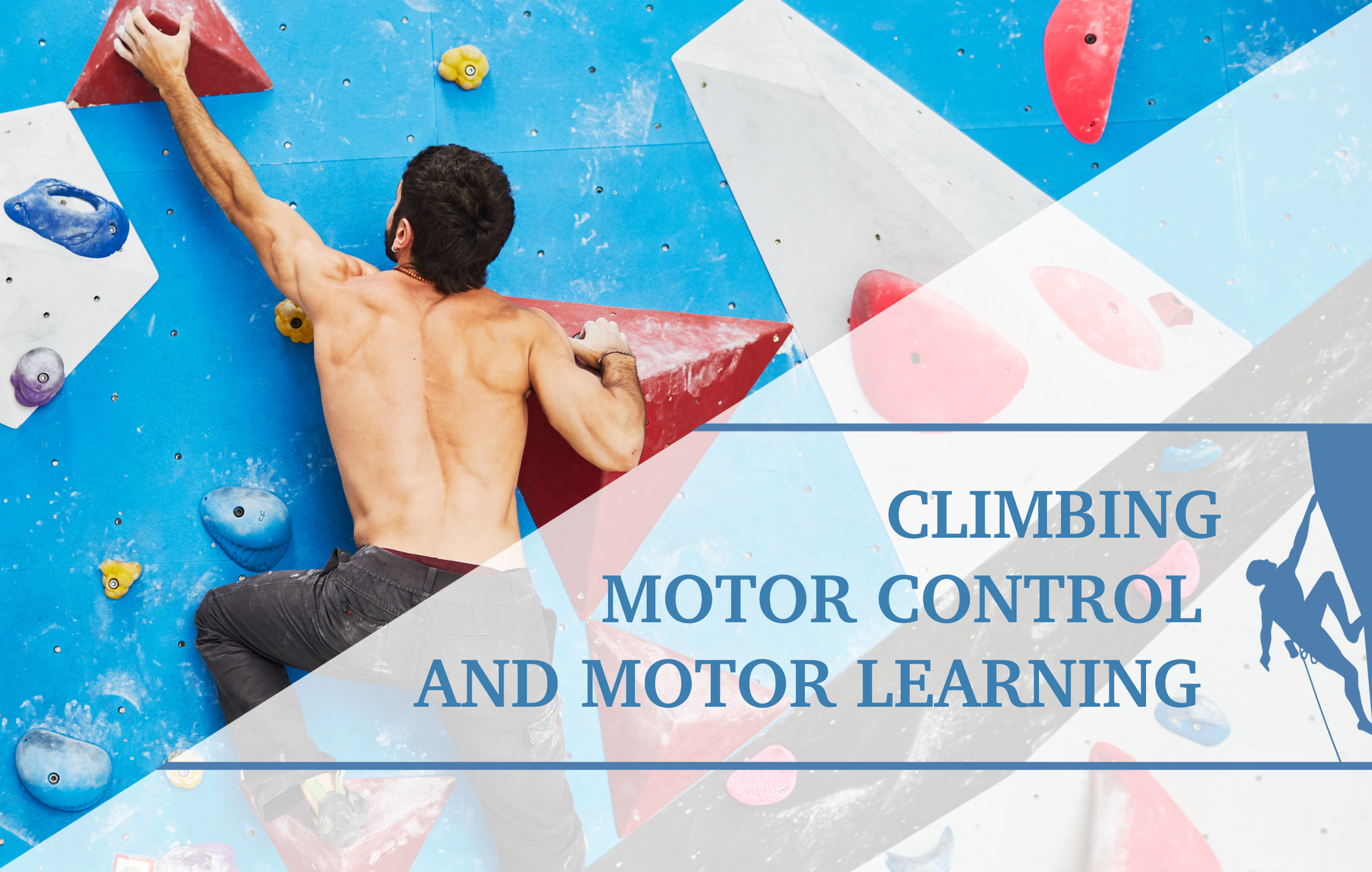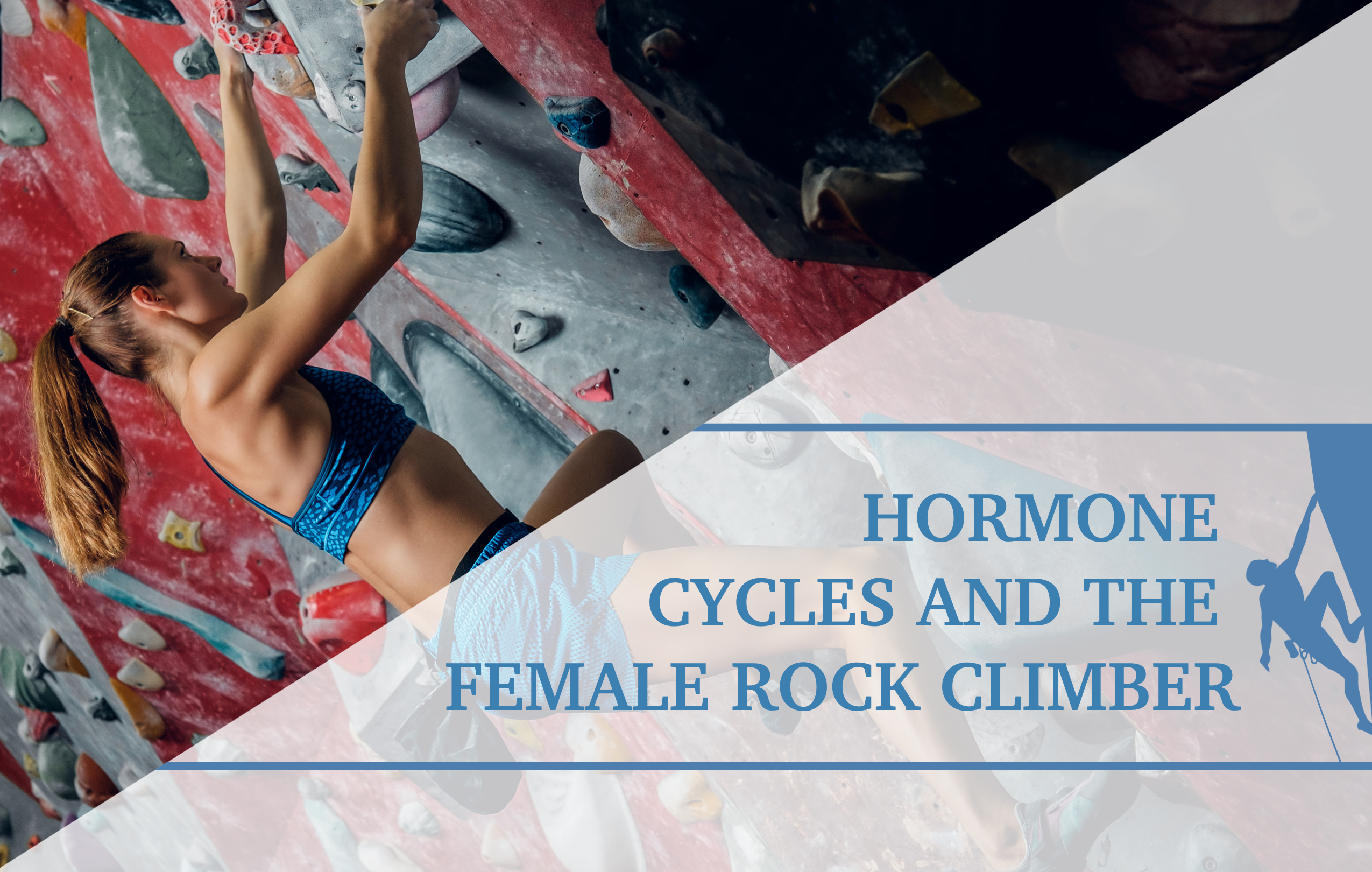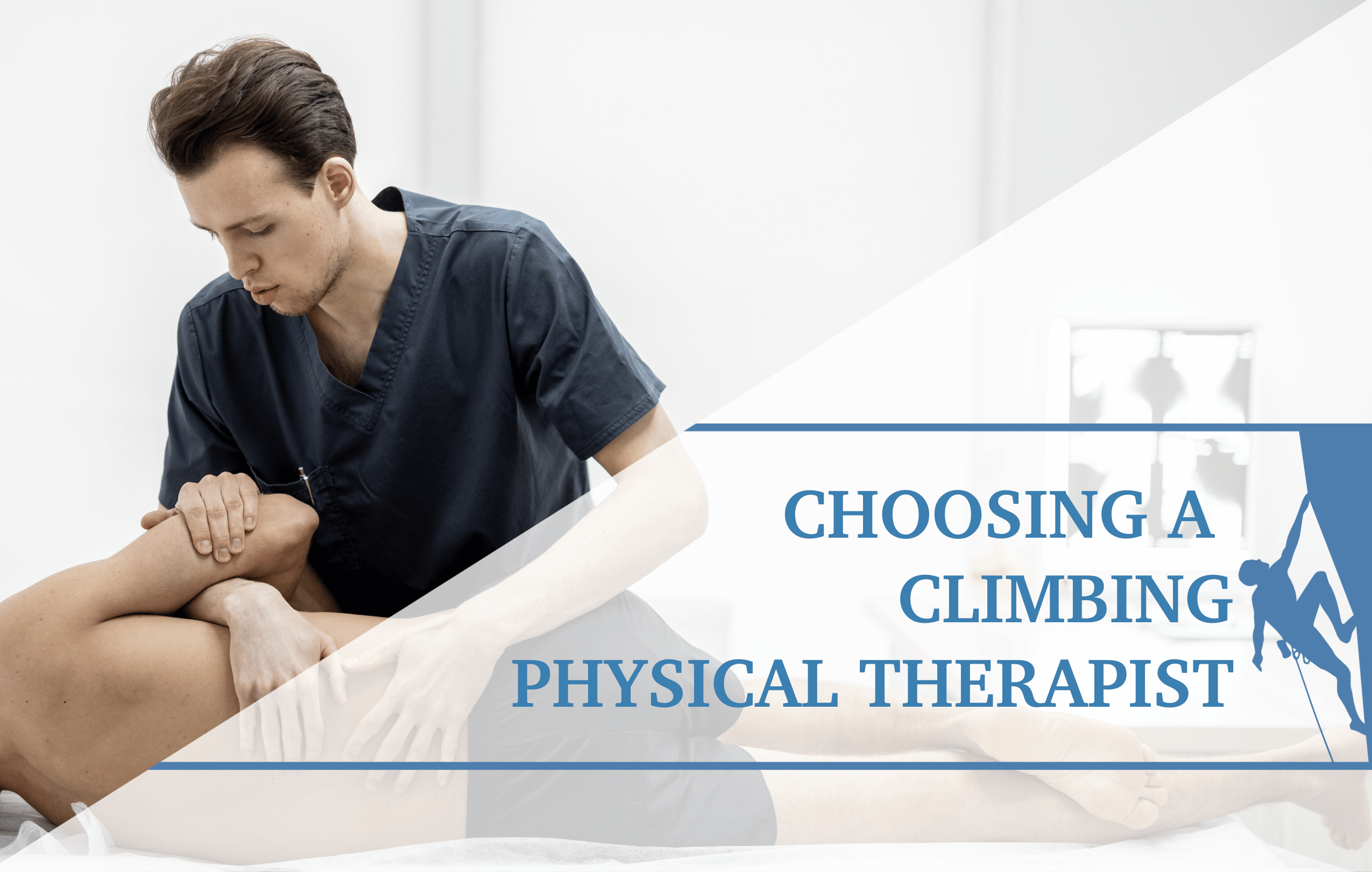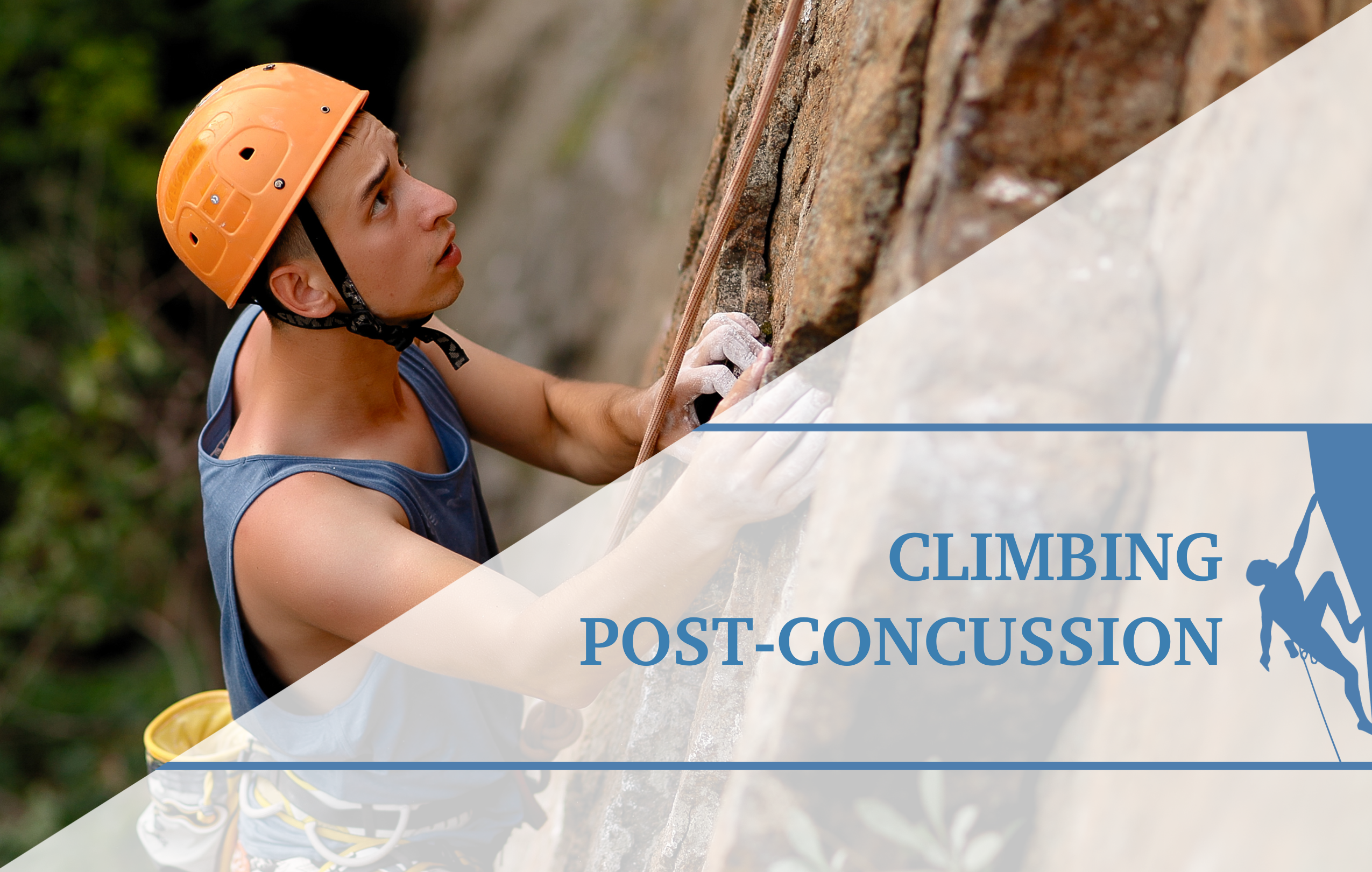The popularity of rock climbing among young individuals has surged in recent years, leading to an increased incidence of finger stress epiphyseal fractures, which are the primary injury observed among […]
Tell a non-climbing friend that you’ve got a sore finger and they might not be too sympathetic. For us as climbers, on the other hand, such an injury can feel disastrous. And that makes absolute sense.
Tell a non-climbing friend that you’ve got a sore finger and they might not be too sympathetic. For us as climbers, on the other hand, such an injury can feel disastrous. And that makes absolute sense.
Tell a non-climbing friend that you’ve got a sore finger and they might not be too sympathetic. For us as climbers, on the other hand, such an injury can feel disastrous. And that makes absolute sense.
You’re out at the crag with beautiful crisp temps. You just finished a training cycle and your core is rock solid. You calmly wait while every team-kid warms up on […]
I vividly remember one of my first experiences climbing in a gym. As I was being shown around by a staff member, he shared with me how amazing climbing was […]
Climbers innovate. It is in our nature. Every year, we bring new movements to ascend the ever increasingly difficult and technical routes and boulders, both inside and outside. Whether it […]
At the base of the climb, you tighten your harness over a tender, bloated stomach. The discomfort makes you irritable. In your mind, you start blaming your climbing partner for […]
Injuries suck. They hurt, they require a lot of attention, and they keep you from doing what you love. If what you love to do is climbing and you’re dealing […]
When one considers climbing, many images come to mind. Daring ascents up sheer faces, powerful moves off of razor sharp holds, sleeping beneath the stars on a narrow ledge balanced […]
BlogThe Climbing Doctor2024-03-18T13:06:17-07:00

